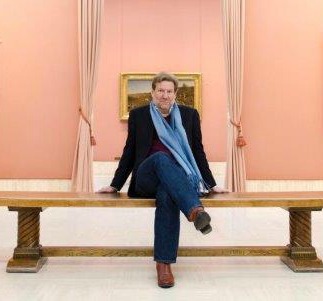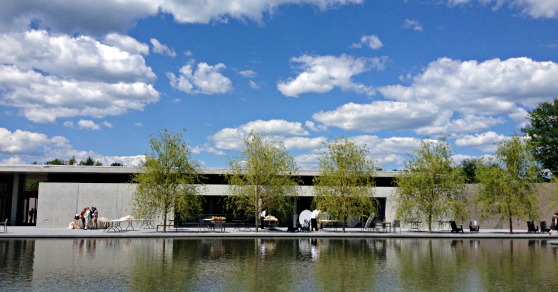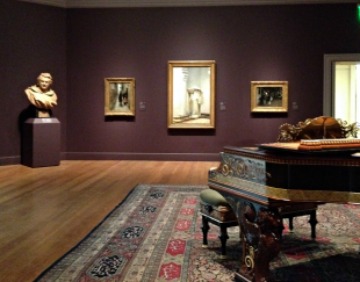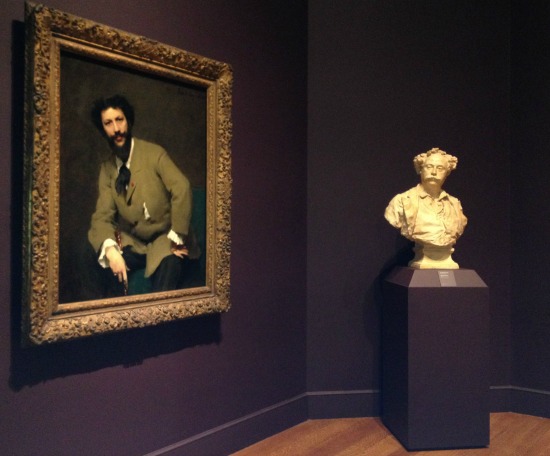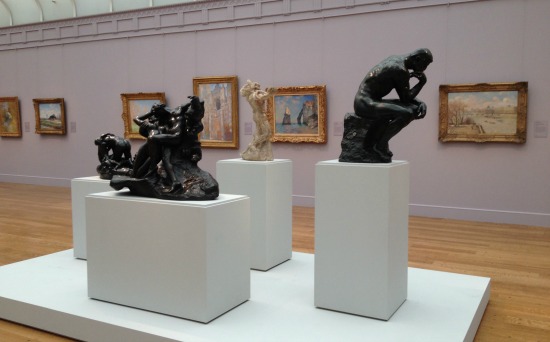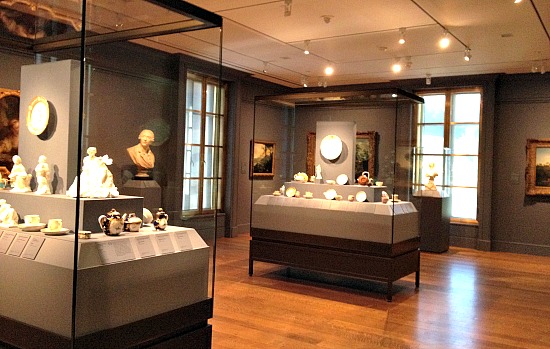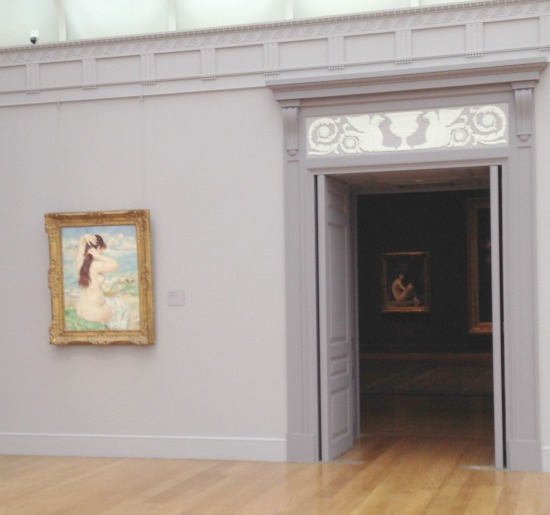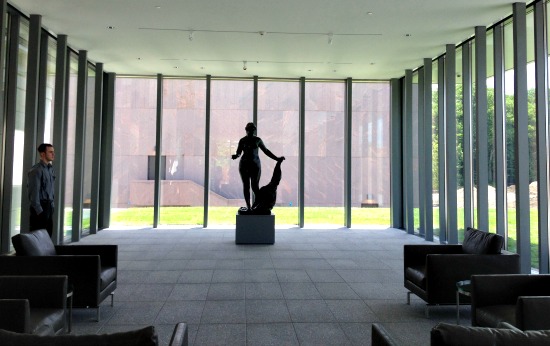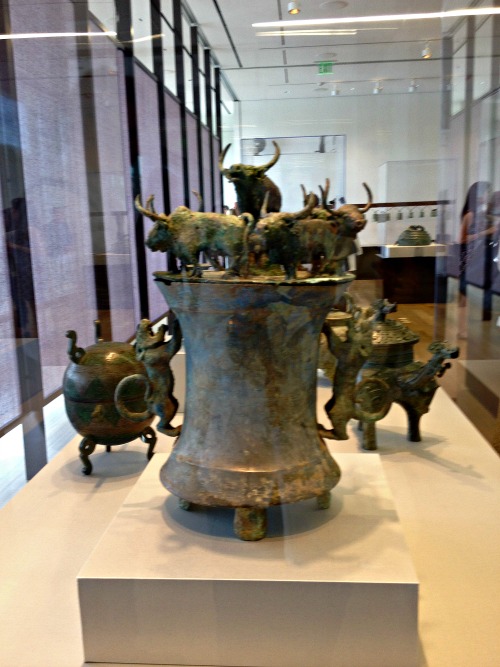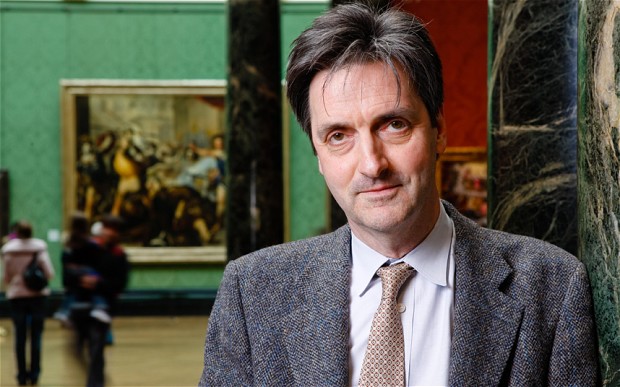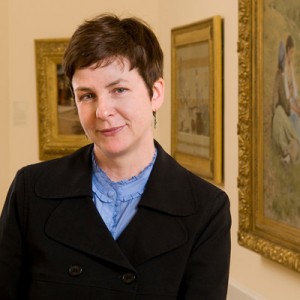If a dispute isn’t about money, it’s usually about power. And that is what appears to be behind the problems at the Timken Museum of Art (below). Not programs, not old-school art versus contemporary art, not money.
When we last wrote about the Timken, we weren’t quite sure whether director John Wilson quit or was pushed out or why. It’s not quite true that the board disagreed with Wilson’s strategy, as several people including me surmised. Wilson has done a fine job. Attendance when he took over in 2008 was about 143,000. Last year, it was 197,000. Wilson added context to the collection of Old Masters, American paintings, and icons with exhibits: putting works by Gabriel Orozco in among the Russian icons because he used similar techniques; mounting the Robert Wilson Video Portraits show to illustrate that Wilson drew inspiration from Old Masters, to name two. But my sources say those shows did not ruffle the feathers of the board.
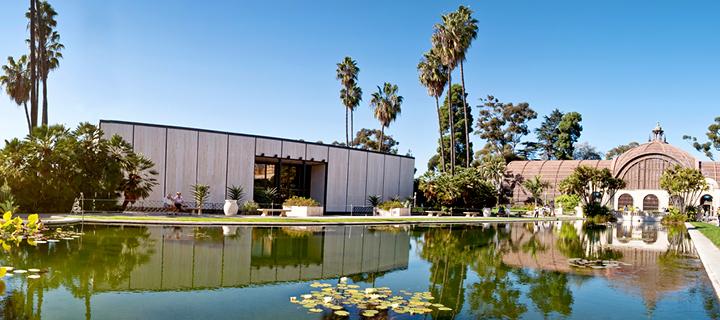 Even if they did, they drew audience. And Wilson’s best effort hasn’t yet happened: he has arranged for the Timken to borrow a Vermeer from the Rijksmuseum and a Raphael from the National Gallery in London for the Timken’s anniversary celebration next year. Not everyone can do that!
Even if they did, they drew audience. And Wilson’s best effort hasn’t yet happened: he has arranged for the Timken to borrow a Vermeer from the Rijksmuseum and a Raphael from the National Gallery in London for the Timken’s anniversary celebration next year. Not everyone can do that!
Meanwhile, the endowment, after losing value in the recession, is back to where it was, at about $25 million. Admission is free, but Wilson increased voluntary contributions — just by asking for them and putting a dollar amount at the contribution box (first $5, then $10) — to about $5,000 a month. For a museum with a budget about $2 million a year, that’s a noteworthy amount.
The problem was, Tim Zinn — who moved from trustee to president in 2012 — had other ideas. He wanted Wilson to continue his curatorial duties, but he also wanted to return to the Timken’s old governance structure, my sources say.
Walter Ames, who was the lawyer for the Putnam sisters, whose collection formed the Timken (they were kin to the Timkens), used to run the museum with “visiting directors.” They included, my sources say, Agnes Mongan and AB de Vries, t he retired director of the Mauritshuis. Thus Ames was able to run the museum himself. He passed that power to his daughter and grandson, Nancy Peterson and John Peterson (who I’m told never wanted the job and committed suicide).
Zinn, I’m told, likes that model. He is president, but not CEO, of Ceretec, “a privately held corporation developing and producing innovative, cutting-edge medical devices and pharmaceutical products.” Zinn wanted to make the decisions and, when Wilson wouldn’t go along, he made clear to Wilson that his contract, which was up in mid-August, would not be renewed. So Wilson quit as of July 1.
Zinn reached out to David Bull, 80, to become “visiting director” because Bull is on the Timken’s advisory board — another way the museum tapped curatorial help in the past without having its own.
But Bull, I’m told, has no intention of leaving New York and will in fact simply visit the museum on occasion. Wilson was a member of AAMD, but I doubt the Timken’s new arrangement qualifies for the AAMD’s museum standards rule that “The museum must be administered by a professional staff.”
This is no way to run a museum.

